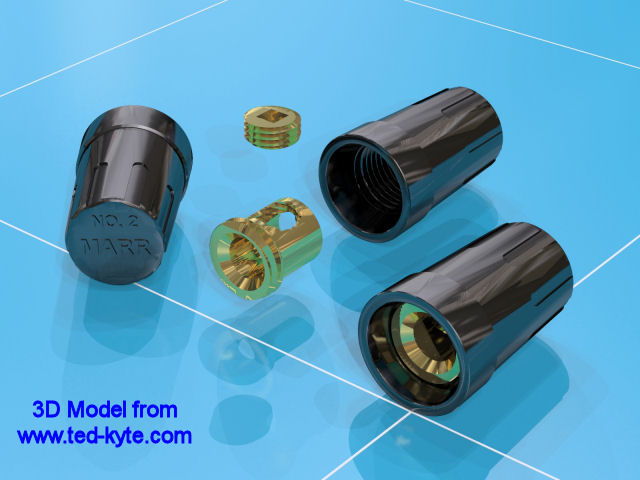Well here goes. My well was installed in 1986 when house was new! I know that it's a miracle that I've made it this long without any issues, but what started to happen is that the 20amp breaker started tripping. So I pull the well cap off and I notice that the electrical connections that tie the 2 wire line from the pressure switch to the wires coming up from the pump are all melted and the connections are in very poor shape. All the installers did was wire tie the two wires and then put some electrical tape on them. Yeah, it lasted 26 years like that so I guess it wasn't too shotty of work. the pump is 1/2 hp and is set at 135' it's a 220v pump has a amp drawl of 5 amps according to the tag. Anyway they ran 14 gauge wire down to the pump which is ok for a 5 amp draw, but the real question is why would they put it on a 20amp breaker???? I believe what happened is the subjective connections they made living in the damp well casing finally allowed enough moisture into the taped connection that the two wires started arcing between each other and since it was on a 20amp breaker it was more than the 14 gauge wire should have been subjected too. Anyway, I cut the bad splices out got back to some good wire reconnected everything and the pump works again and is only drawing 5 amps as it should.
I obviously am on borrowed time with this pump, and plan to replace it come spring, my real question is isn't 20amp breaker too much for this setup for safety?
I obviously am on borrowed time with this pump, and plan to replace it come spring, my real question is isn't 20amp breaker too much for this setup for safety?

